
|
|
|
|
|
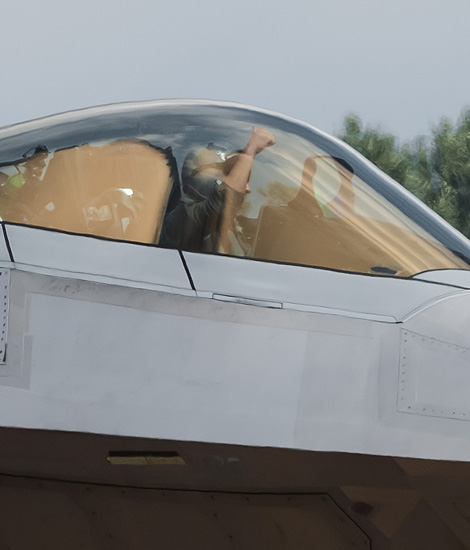
|
The USAF During the Cold War; RAF Fairford, July, 16 – 17, 2017
The United States Air Force, part 2; Text and Photograph's by Alex van Noye
After the Second World War, much would change within the United States air forces. Major organizational changes would occur in the entire organization. The United States Air Force would also enter the jet age in a short period of time. Technically, aviation made a huge step forward in the post Second World War years.
In practice, the Army Air Force was virtually independent of the army during the Second World War. However, the leaders of the relevant parts also wanted formal independence. In November 1945, General Dwight D. Eisenhower became Chief of Staff of the Army, while General Carl Spaatz assumed the duties of Commanding General, Army Air Forces pending the announced retirement of General Arnold. One of the first actions of General Eisenhower was the appointment of a college of officers led by Lieutenant General William H. Simpson. This college had to prepare a final plan for the reorganization of the army and the air force without having to make use of legislation. This reorganization led to separation between the Air Force and the Army. On January 29, 1946, the generals Eisenhower and Spaatz agreed an air force organization under the name "United States Air Force". Under the continuing objections of the Navy, which was afraid of losing its air force and strategic role to the new service, the United States Department of the Air Force was established by the National Security Act of 1947. That law came into force on September 18, 1947, when the first Secretary of the Air Force, Stuart Symington, took office. In 1947, President Truman signed the National Security Act that established this new defense organization, and with it the establishment of the US Air Force as an independent service, equal to the US Army and the US Navy. The official founding date of the American United States Air Force in its current form is September 18, 1947.
The young American air force quickly established its own identity. Army Air Fields were renamed to Air Force Bases and staff were given new uniforms with new rank insignia. General Carl A. Spaatz established a new policy; "No tactical commander may be subordinate to the base commander". The commander of the 15th Air Force, Major General Charles Born, proposed the provisional Wing Plan. This plan reversed the situation and placed the Wing Commander above the Base Commander. Under this
|
|
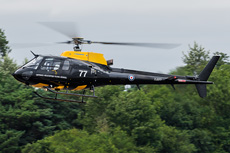
|
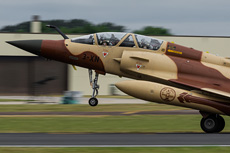
|
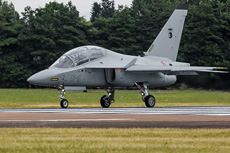
|
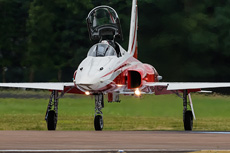
|
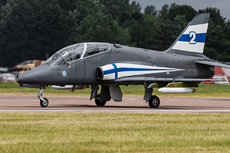
|
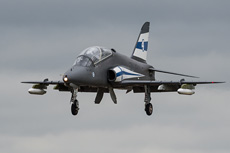
|
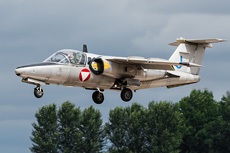
|
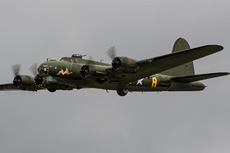
|
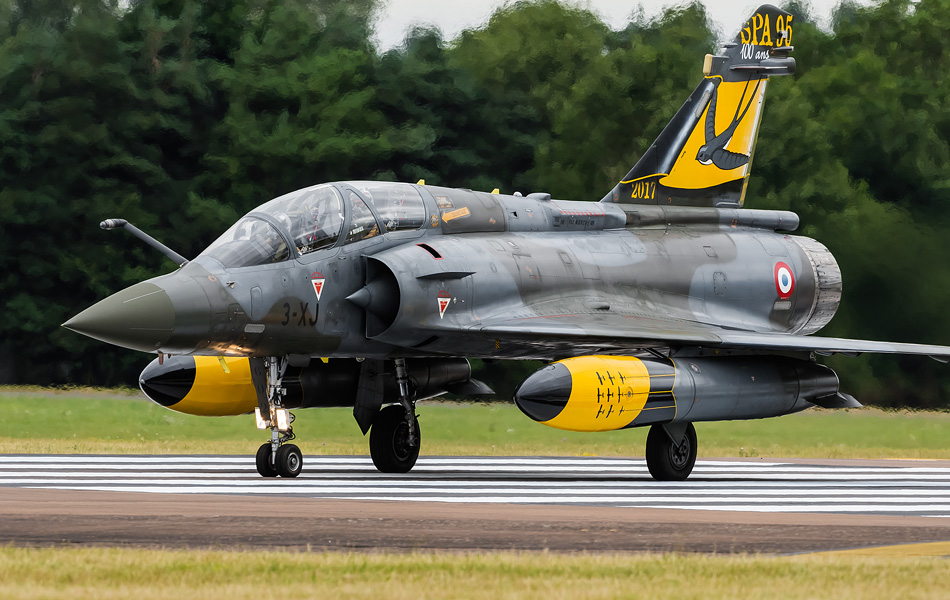
|
plan, basic support functions such as basic operations, transport, security and medical tasks were assigned to squadrons. All these squadrons were assigned to a Combat Support Group, under the command of the Base Commander. The flying squadrons were assigned to the Combat Group. All these groups, both combat and combat support groups, were in turn assigned to the Wing, commanded by a Wing Commander. Finally, on June 16, 1952, the legacy battle groups were deactivated and the operational squadrons were assigned directly to the Wing. The history of the Second World War, the descent and the honor of the battle group were granted to the Wing after this inactivation. The US AAF Wing from the old system was then redesigned as an Air Division within the new USAF. This division was led by a brigadier general or higher, who controlled at least two wings or more. The Numbered Air Force (NAF) immediately introduced Wings and the NAF was placed under the Main Commands such as the Strategic Air Command (SAC), the Tactical Air Command (TAC) and the Air Defense Command (ADC).
After the Second World War, relations between the United States and the Soviet Union began to deteriorate and the period in history known as the Cold War began. The United States embarked on an arms race with the Soviet Union and the competition was aimed at increasing the influence of every nation around the world. In response, the United States expanded their military presence around the world. The USAF opened air bases throughout Europe, and later in Japan and South Korea. The first test for the USAF during the Cold War took place in 1948, when the communist authorities in East Germany cut off the road and air transport to West Berlin. The USAF organized together with the British Royal Air Force (RAF) the Berlin Air Bridge. The efforts of these air forces saved the city from starvation and forced the Soviets to return to their blockade. During the Korean War, which began in June 1950, the Far East Air Forces (FEAF) were among the first units to respond to the invasion by North Korea. When the Chinese People's Liberation Army attacked in December 1950, the USAF offered tactical air support. The introduction of Soviet-built MiG-15 fighter jets caused problems for the B-29s that were used to bomb North Korea. The USAF went into battle with the MiGs with the new F-86 Saber fighter jets. After a long battle, the ceasefire was finally signed between the north and the south.
The largest and most sensitive war during the Cold War in the USAF's past was the Vietnam War. The first bombing of North Vietnam took place after the incident in the Gulf of Tonkin in 1964. In March 1965, a sustained bombing campaign began with the codename Operation Rolling Thunder. The purpose of this campaign was to break the will of the North Vietnamese, to destroy industrial complexes and air defense systems and to stop the flow of troops and supplies along the Ho Chi Minh Trail. The USAF dropped more bombs in all combat operations in Vietnam in the period from 1965 to 1968, than during the entire Second World War. The Operation Rolling Thunder lasted until the US presidential election in 1968. Apart from damaging the North Vietnamese economy and infrastructure, Rolling Thunder failed in its political and strategic goals. The USAF also played a crucial role in defeating the Easter offensive of 1972. The rapid regrouping of fighter planes, bombers and assault planes helped the South Vietnamese army fend off the invasion. Operation Linebacker I & II demonstrated to both the North and South Vietnamese that even without significant ground forces from the US Army the United States could still influence the war. After the Vietnam War, the manner of air engagements and attacking enemy targets would undergo a drastic evolution through the lessons learned in Vietnam. The entire American doctrines were completely overhauled.
|
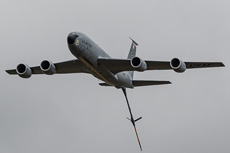
|
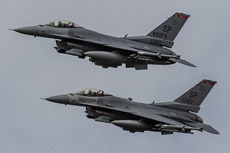
|
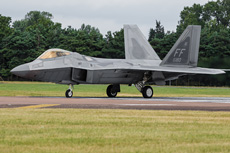
|
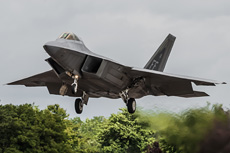
|
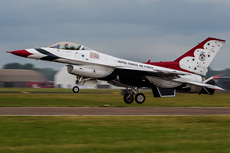
|
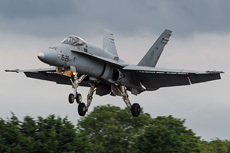
|
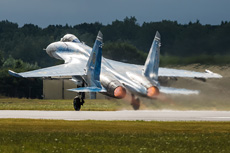
|
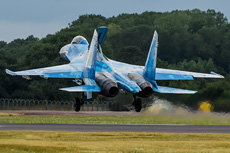
|
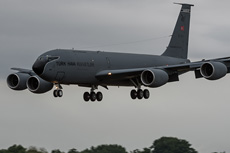
|
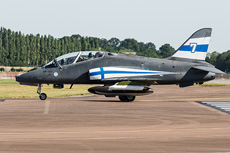
|
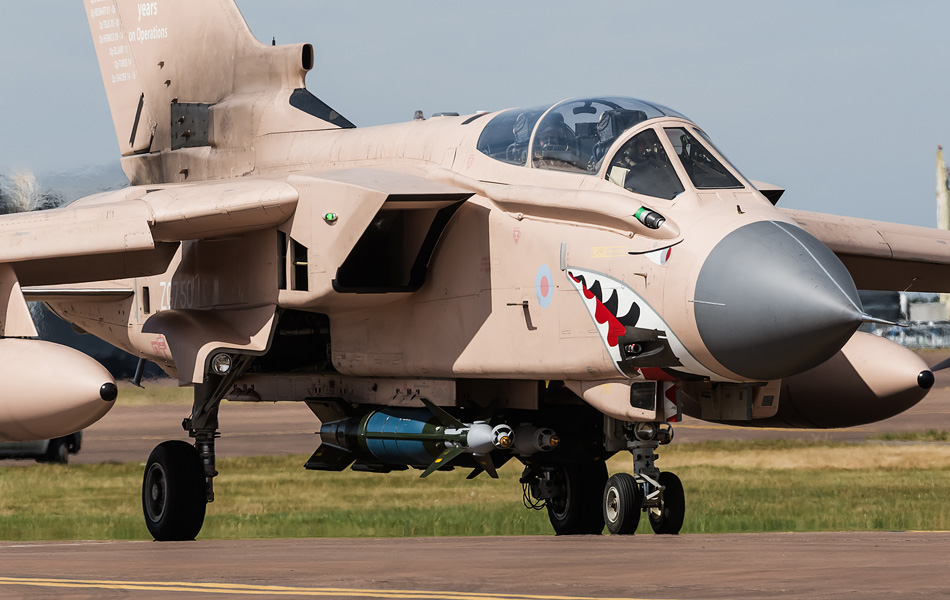
|
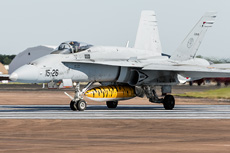
|
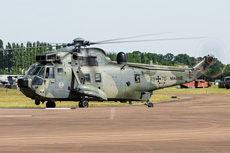
|
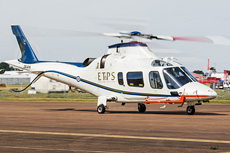
|
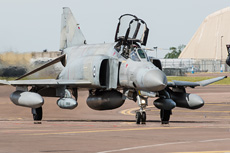
|
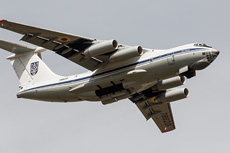
|
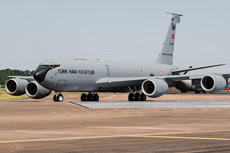
|
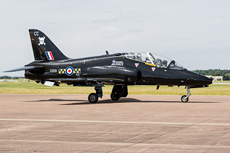
|
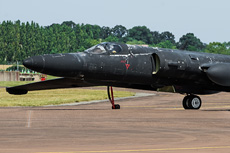
|
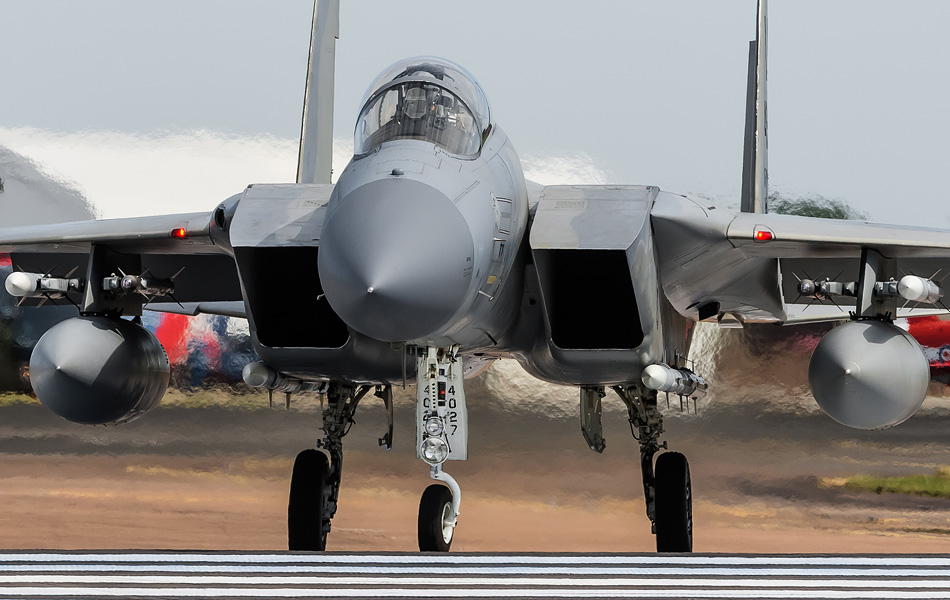
|
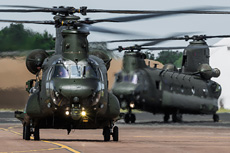
|
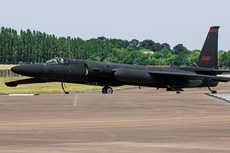
|
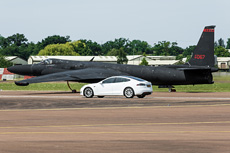
|
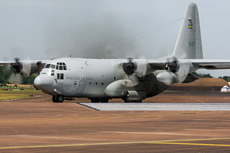
|
|
|

|







